A primary takeaway from 2025 is that the Yankees reestablished their identity as an offensive powerhouse, but also that power alone isn’t everything. The lineup’s prowess was undeniable: an MLB-leading 849 runs and 274 homers. The Yankees proved they can still build a juggernaut offense by combining patience and power (leading MLB in walks and homers). Aaron Judge remains the franchise cornerstone, performing at a historic level and reaffirming that as long as he’s in the Bronx and healthy, the Yankees will have an elite lineup built around him. His MVP-caliber year (league-best .331 AVG, 53 HR, 1.144 OPS) sets the standard. Additionally, new additions like Cody Bellinger and Jazz Chisholm Jr. paid off, indicating the front office can successfully complement its core with external talent. Bellinger’s 4.9 WAR, for instance, was the second-highest on the team, and Jazz’s 30–30 campaign added a dynamic element to the offense.
However, the reliance on the long ball and walks brings a lesson: diversify the offensive attack. When the homers dried up (as they did in certain postseason games and throughout the midseason slump), the Yankees struggled to manufacture runs. The team batting average was a middling .251, suggesting a lot of swings-and-misses and not as much situational hitting. Indeed, their strikeout total (1,463) was among the worst in MLB. The takeaway is that while embracing the “Bronx Bombers” identity is great, the Yankees need more contact hitters or different offensive gears for those times when facing elite pitching. This could mean prioritizing a higher-average bat in the offseason or placing more emphasis on situational hitting in their coaching philosophy. It’s notable that the team who ousted New York in the playoffs (Toronto Blue Jays) and won the division have a bit more lineup balance (mix of power and contact). The Yankees’ front office might reflect on whether the feast-or-famine offense needs tweaking despite its overall success.
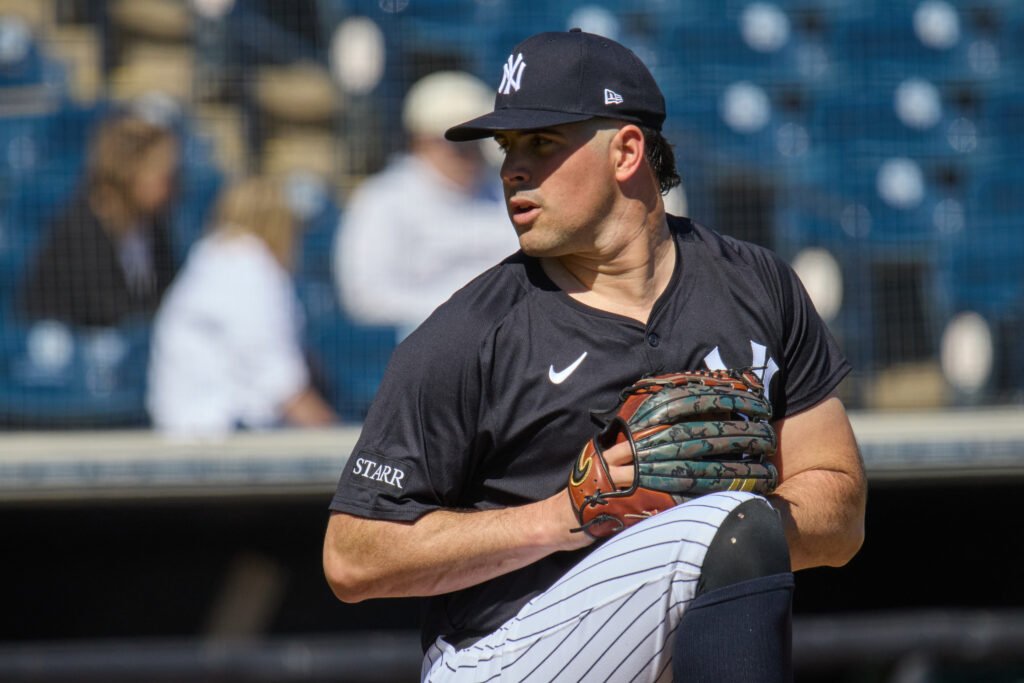
Having two aces in Max Fried and Carlos Rodón was immensely valuable. They demonstrated that a 1–2 punch of that caliber can carry a rotation through a season. Both reached ~200 innings with ERAs around 3.00. The Yankees can be confident going forward that they have a championship-caliber top of the rotation, especially when ace Gerrit Cole returns. Fried proved he can handle New York (not all big free agents do). The fact that the team’s opponent batting average was second-best in MLB (.229) shows how dominant Yankee pitching was at suppressing hits, largely thanks to those top arms. The strikeout-heavy approach (4th in Ks) is clearly a strength to continue leveraging.
It is important to note that their final team ERA of 3.91 was only 14th in MLB despite having this pair of aces. While the Yankees had more bullpen depth by the end of the season (Bednar, Doval, etc.) thanks to an active trade deadline, New York’s talent evaluators grossly miscalculated the depth/talent of the bullpen to enter the 2025 campaign. Devin Williams immediately faltered, and it took way too much time to adjust. Ensuring there are multiple dependable late-inning options will be crucial to the team’s success in 2026. In short, the Yankees learned that top-end talent alone isn’t enough. Depth and consistency throughout the staff need to be addressed. Bridging that gap could be the difference between a good pitching staff and a championship-caliber one.
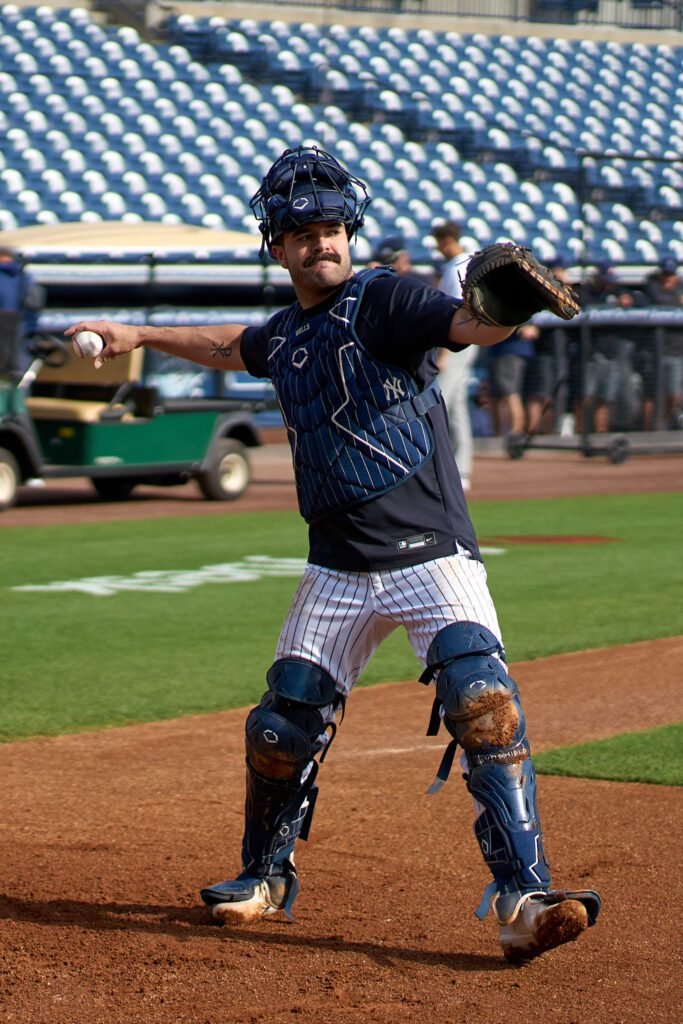
The 2025 season also provided clarity on the state of the Yankees’ youth movement, generating mixed results. Positively, the influx of young talent like Jasson Domínguez, Austin Wells, and others brought energy, but the team didn’t quite get the breakout leaps it hoped for from its youngsters. Anthony Volpe’s continued offensive struggles (83 wRC+) and defensive regression raise a tough question: is he truly the shortstop of the future or do the Yankees need to consider other options? The takeaway here is two-fold. First, patience is sometimes necessary, not every top prospect turns into a star overnight. Volpe is only 24 and could still adjust and improve. The Yankees have historically been rewarded for patience with homegrown players (look at how long it took Bernie Williams or even Aaron Judge to fully blossom). Sticking with Volpe another year might make sense, but perhaps with a better veteran backup in case. Similarly, Austin Wells, 25, could learn from his sophomore slump to make adjustments. The front office must decide which youngsters have shown enough to keep investing playing time in, and which might need to be supplemented or even traded.
Secondly, the Yankees might conclude that their player development and draft approach needs revamping. The stat about no homegrown Yankee posting back-to-back league-average hitting seasons since 2018 is alarming. It suggests a systematic issue in either scouting, development, or transitioning prospects to the bigs. These takeaways likely fuel internal discussions: do they need to modernize their hitting development program? Should they bring in new voices or coaches (perhaps poach from an organization known for developing hitters)? There’s also a strategic takeaway: the Yankees leaned heavily on outside acquisitions (Bellinger, Goldschmidt, etc.) to fill lineup holes, which worked in some cases (Bellinger) but not others (Goldy). Striking a better balance between trusting youth and signing veterans is key. For instance, not blocking a guy like Ben Rice with an aging vet might have been wise. Rice proved quite capable (133 wRC+ in part-time duty). Going forward, the team might be more inclined to let a promising youngster take over a role rather than default to a veteran, given the mixed results of 2025.
In essence, 2025 taught the Yankees that their next generation isn’t a sure thing, they have to both be patient but also proactive in fostering improvement. The trajectory of players like Volpe, Domínguez, and Wells will be a major storyline in 2026. If they stagnate again, the Yankees may have to pivot via trade, since the free agent market in the coming year or two is extremely thin on the position player side of things. The season’s end-of-year roster also showed that by October, Boone trusted certain rookies (Schlittler starting Game 3 of ALDS, Rice starting in the playoffs against lefties) meaning the experience they gained was valuable. The takeaway is that those growing pains might pay off down the line, but if not, the Yankees can’t hesitate to find external solutions.
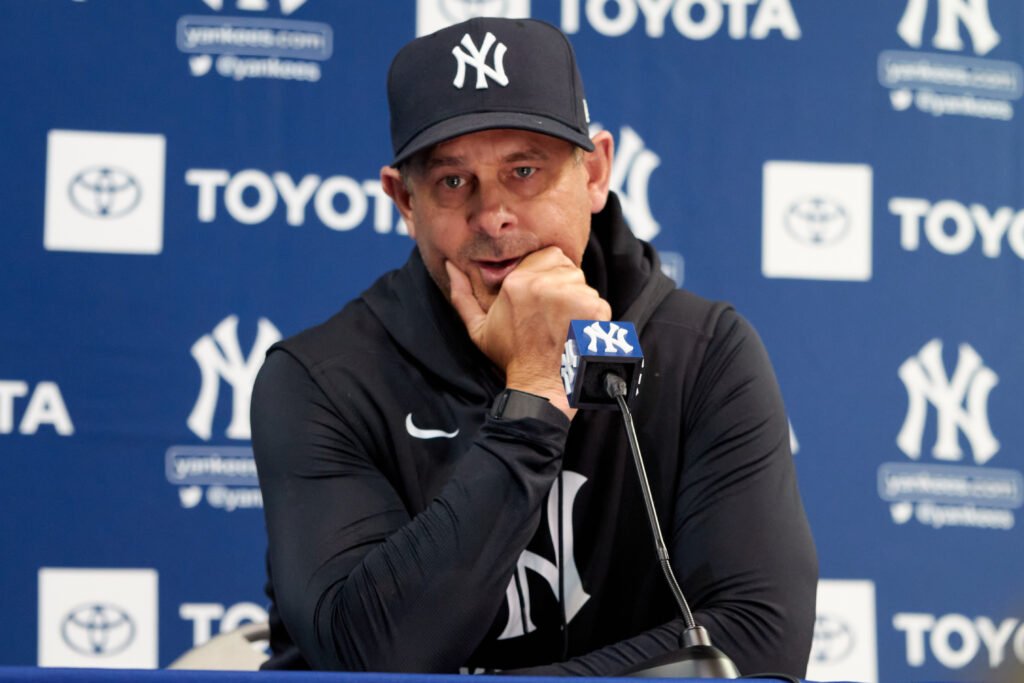
Another important lesson from 2025 is that winning the little battles is crucial, especially in a division as competitive as the AL East. The Yankees tied for the division but lost on a tiebreaker, essentially one game short of a division title. It’s easy to look back and find a few games that slipped away due to avoidable mistakes. The takeaway for Aaron Boone and his staff is that fundamentals cannot be an afterthought. The front office explicitly emphasized baserunning improvement in 2025, and indeed the team stole more bases, but running the bases more efficiently is equally important. They’ll likely double-down on drills and accountability for things like defensive positioning, baserunning decisions, and situational awareness in 2026. Essentially, playing cleaner baseball is a must. The Yankees saw firsthand how rivals like the Blue Jays capitalized on mistakes. Toronto winning the division and beating New York in the ALDS had a lot to do with execution and the Jays were more fundamentally sound in big moments (turning double plays, taking extra bases, etc.). If the Yankees want to get over that hump, they need to tighten up those areas.
From a leadership perspective, questions surround Aaron Boone’s in-game tactics and whether a new approach is needed. One takeaway is that Boone, while player-friendly, might need to manage with more urgency during slumps. The pattern of hot start, summer slump, late rally (seen in multiple recent seasons) suggests that the team hasn’t found a way to avoid those dog days malaise. Whether that’s on clubhouse leadership or the manager’s message, it’s an area to address. Boone made some adjustments (e.g., finally removing Williams from closer duties), but sometimes it was a bit late. The Yankees might consider bolstering the coaching staff by perhaps adding a more experienced bench coach or strategist who can assist Boone with bullpen moves and matchups. In 2025, some of Boone’s decisions drew ire (e.g., sticking with struggling vets, bullpen usage), so the takeaway is that those are fixable things.
At the organizational level, the Yankees saw the AL East tighten. Toronto matched them at 94 wins, Boston won 89 and even Baltimore and Tampa can’t be ignored. The takeaway is that nothing can be taken for granted. A 7-game lead can vanish; making the playoffs in 8 of 9 years is great, but the margin for error is slim. This likely reinforces Brian Cashman’s recent willingness to be aggressive in roster moves. In 2025 he made big ones (Fried, Bellinger, Williams, Goldschmidt, etc.). Some worked, some didn’t, but standing pat isn’t an option when your rivals are also improving. Expect the Yankees to continue to be proactive in addressing weaknesses (as they did by trading for a third baseman, few relivers and bench help mid-season). The lesson learned is to perhaps act sooner.
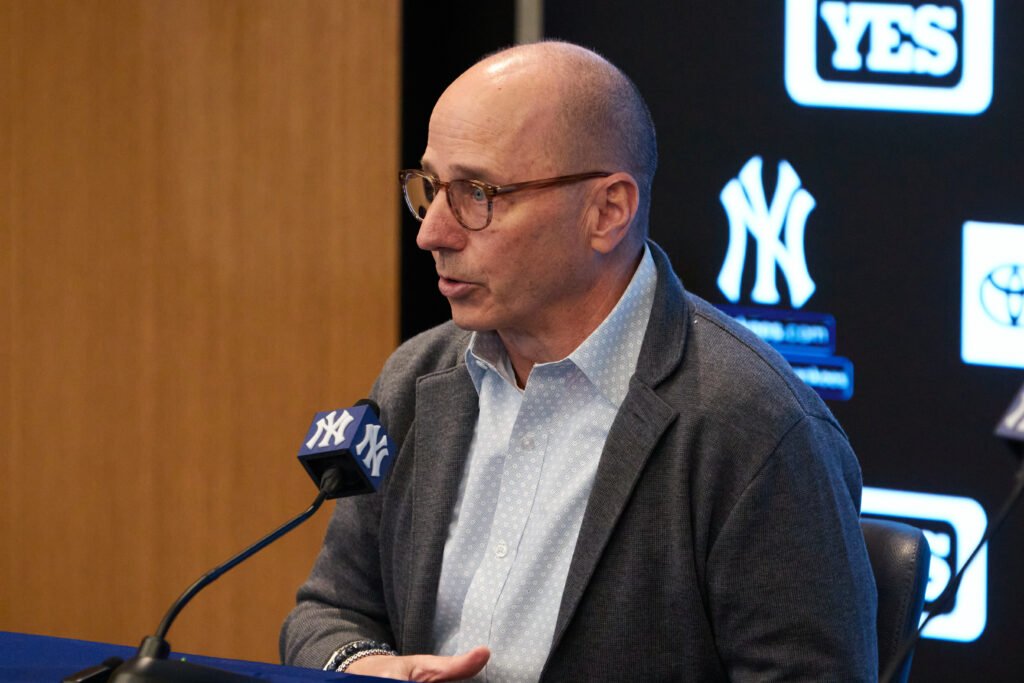
In summary, the 2025 Yankees season was a rollercoaster that ultimately reinforced both the team’s strengths and its areas in need of improvement. They proved they are still among baseball’s elite, a 94-win team with a ferocious offense and top-line pitching, but also that the difference between early playoff exit and a deep run is razor-thin. Positively, the Yankees can takeaway that they have an MVP-level superstar in Judge locked in, a championship-caliber 1-2-3 rotation punch, and a much-improved power-speed element (the team’s 134 steals and outfield athleticism were a step forward). These are pillars to build on. Negatively, they must address consistency, both in performance and health. The midyear collapse is a cautionary tale that a season can get away quickly if multiple things go wrong at once. Depth, especially in the rotation and contact-hitting department, needs fortifying to weather those inevitable storms.
Perhaps the most salient takeaway is that the Yankees, despite the frustration of falling short, are very close to being a pennant winner again. Remember, they entered 2025 as defending AL champs, and much of that core remains. Sometimes a tougher season like this can illuminate exactly what’s needed to take the next step. For example, if the lesson is “find more contact-hitters that are fundamentally sound players and reshape the bullpen and bench,” those are actionable goals for the offseason. The 2025 journey highlighted that no team is perfect, even a team leading in runs and HR had clear flaws. But the Yankees’ ability to overcome the slump, make the playoffs and beat Boston in the Wild Card shows resilience and a winning culture still intact. It’s easier to tweak a 94-win team than to build from scratch, so the Yankees are likely viewing 2025 as a learning experience for a roster that still has championship potential.
In conclusion, the Yankees head into the winter with a clear picture: they are an offensive juggernaut with superstar talent, needing to shore up depth (both pitcher and position players) and fundamentals to get over the hump. Improvements in those areas, combined with what already went right, could turn 2025’s disappointments into a 2026 triumph. Yankees fans saw both the ceiling and floor of this team in one season. The challenge now is to raise that floor and reach that ceiling when it matters most. The foundation is there (as 2025’s highs showed); executing consistently and correcting the exposed weaknesses will be the key takeaways driving the Yankees’ decisions moving forward.
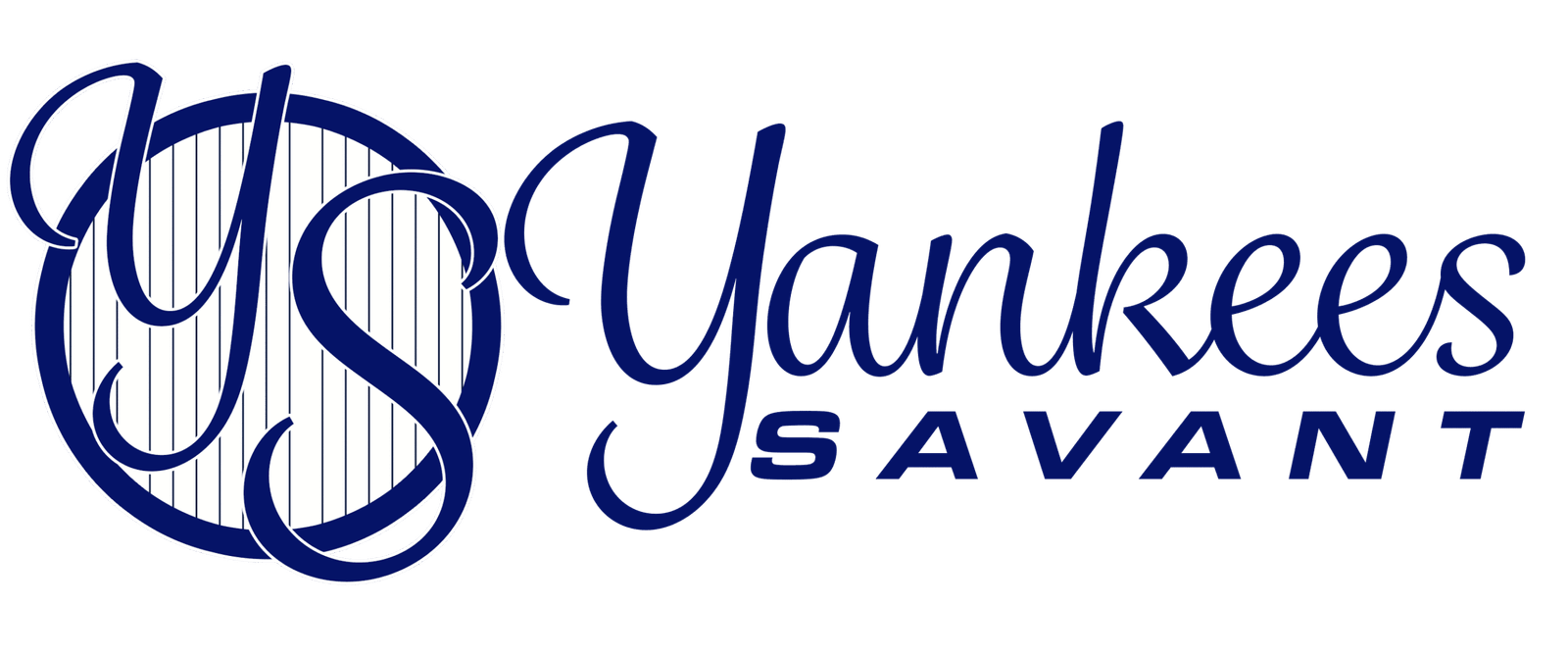
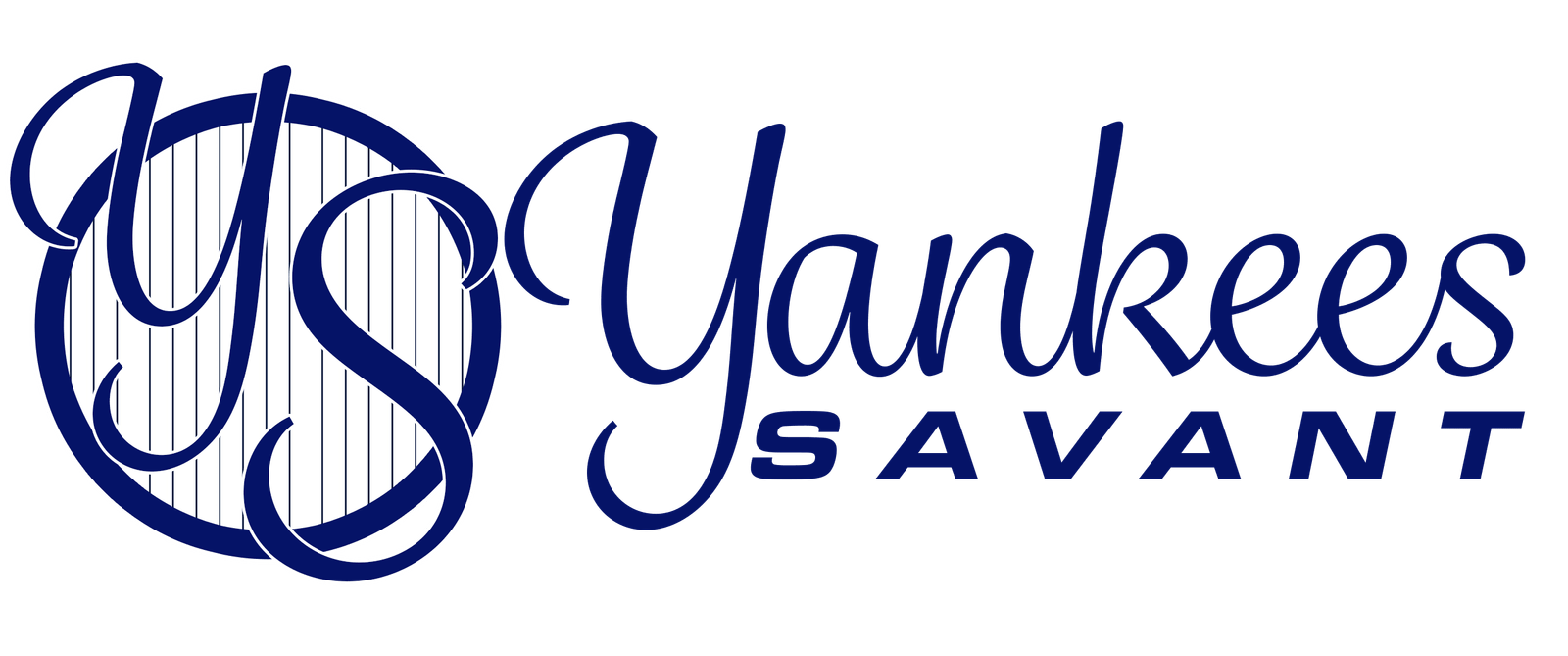
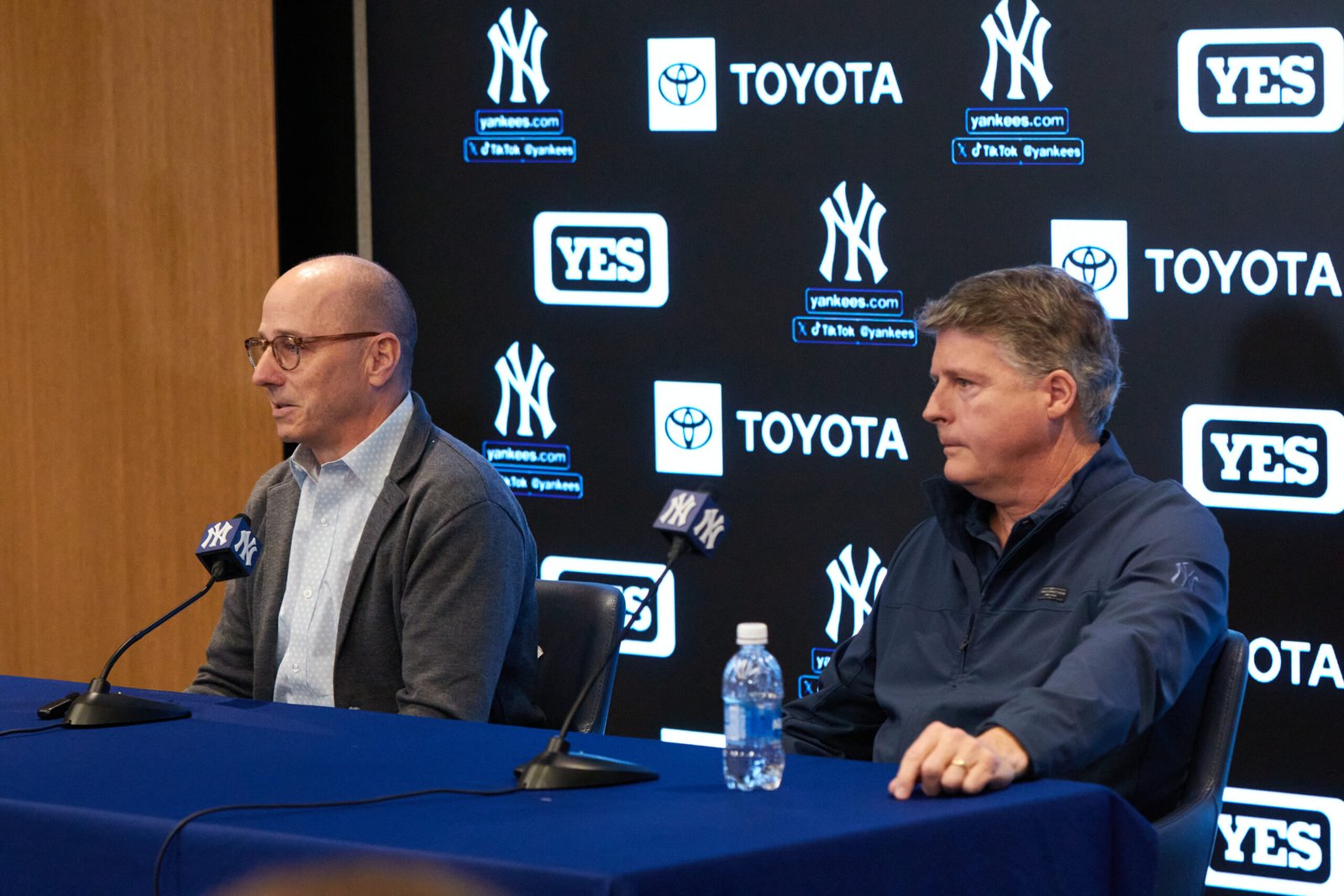
No responses yet
Hey, I just stumbled onto your site… are you always this good at catching attention, or did you make it just for me? Write to me on this website — short-url.org/1hOxE?Crili — my username is the same, I’ll be waiting.